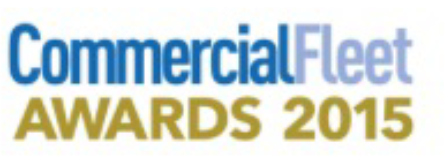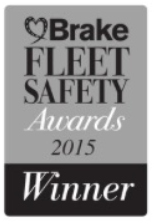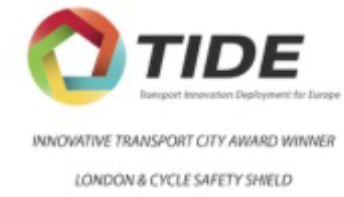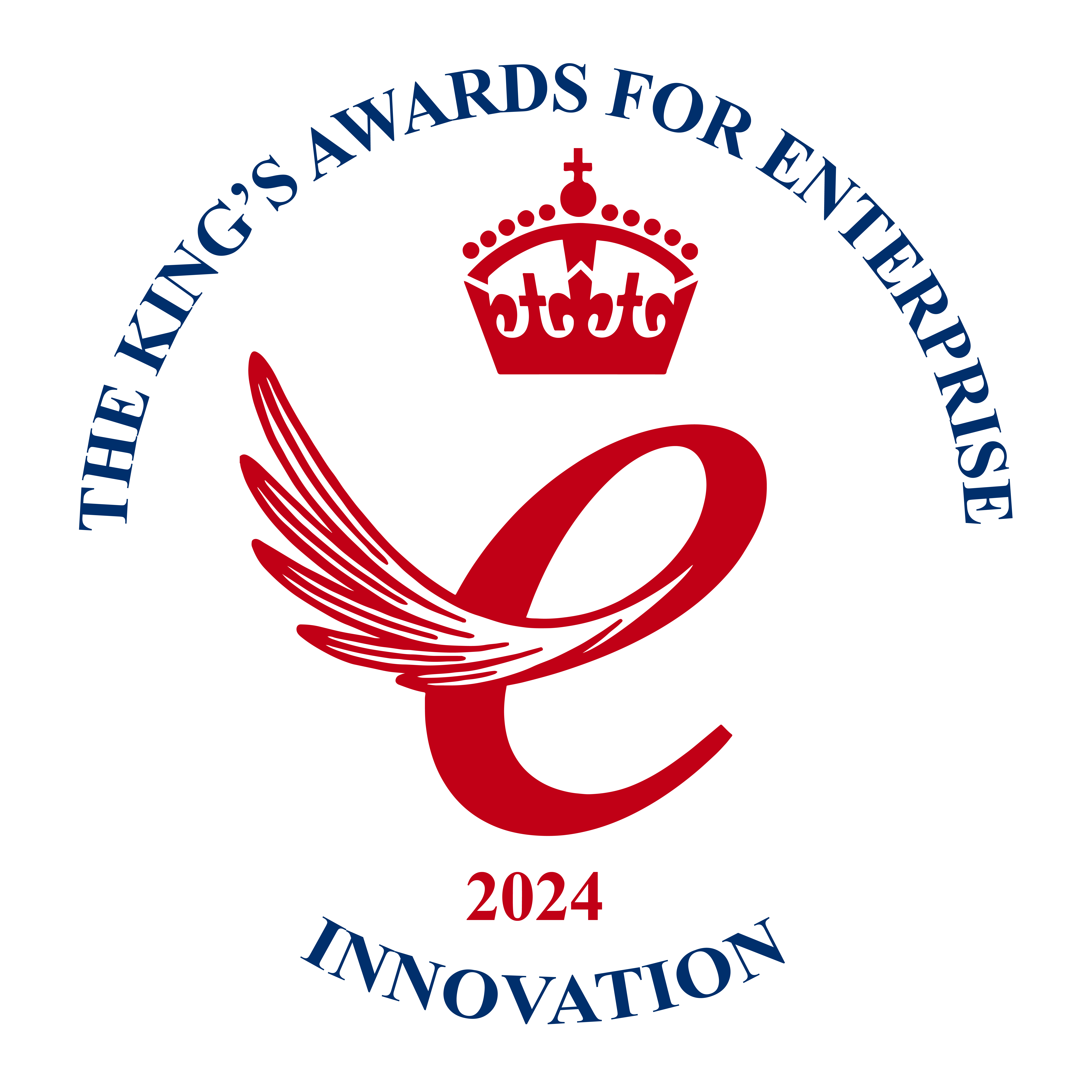These are just some of the results we’ve achieved for companies like yours. We partner with the world’s leading global brands, installing our products for commercial projects and seeing real, tangible benefits for end users.
At Safety Shield, we understand the challenges that businesses can face when it comes to safety and security. Especially in industries where employees are exposed to hazardous environments or risky situations, it is crucial to have the right equipment and protocols in place to protect them.
That’s why we pride ourselves on providing top-notch safety solutions that meet the highest industry standards. But what really sets us apart is our commitment to working closely with our clients to ensure their specific needs are met, and their unique challenges are addressed. Let’s take a look at some of the success stories that have resulted from this collaboration:
Lynch Plant Hire
In collaboration with Lynch, Safety Shield's development team took 'Thumbs Up' a step further and digitalised the procedure, taking site safety to a new level
At Safety Shield, fostering a culture of site safety has always been our number one priority. As we continue to research and develop new technology, keeping construction people safe is always at the forefront of our minds.
People-plant interface remains the most significant fatal risk within the construction industry. The HSE reported this to be the most common cause of fatal accidents to workers in 2021/22, with 10% of all fatalities resulting from workers being struck by moving vehicles.
The digital transformation era has arrived, with the construction sector seeing a significant acceleration in technology adoption. Through collaborative research and design, Safety Shield, in partnership with Lynch Construction, has built upon the established industry-known safety procedure ‘thumbs up’ and digitalised it.
Reducing the risk of injury and making sites safe has been the overarching goal on this journey, and this innovation helps us to do exactly that. We are proud to be raising the bar and hope this technology will be adopted and rolled out across the industry to ensure that everyone goes home safe from work every day.

The Problem
Within a recent product review forums session, Lynch was challenged by John Marley (Senior Works Superintendent, SCS JV) to digitally enhance the traditional 'thumbs up' procedure.
The adoption of digitalisation is accelerating across the industry, with the workforce of the future consisting of digital adopters who are already harmonised with technology. However, we recognise that gaining buy-in for technology adoption amongst the older workforce can be challenging, hence we wanted to create a simple model that was an extension of an established, industry-known safety procedure.
Rob Lynch, Director at Lynch Construction, pioneered the original ‘thumbs up’ gesture which has been largely adopted by our industry and used on sites across the UK for over a decade. Certain site activities occasionally require personnel to enter the red zone. The traditional 'thumbs up' procedure involves a pedestrian signalling to the operator with a thumbs up that they’d like to enter the working area. The operator responds by disabling the machine then lifting the deadman handle which locks all the controls on the machine. The operator then gives a 'thumbs up' back to the pedestrian to indicate it’s safe to approach. However, an internal review of our health and safety processes and procedures revealed the need for improvements to the existing current procedure.
We recognised that in poor visibility, such as during winter months when there are fewer daylight hours, or poor weather conditions, a 'thumbs up' from an operator could be misinterpreted by site personnel. Moreover, we appreciate that not all individuals attending sites, particularly office staff and external stakeholders, will have received 'thumbs up' or red zone training and therefore will be unaware of the processes and procedures involved. These challenges had been identified as significant health and safety concerns, requiring immediate attention.
The Solution
In countering these challenges, and in collaboration with Lynch, the Safety Shield Development Team looked at how we could take 'thumbs up' a step further and digitalise the procedure, taking site safety to a new level.
The 'thumbs up' system is simple and universally known. It was imperative that we didn’t overcomplicate the procedure – our goal was simply to enhance and bring it into the digital age. The simple model involves the operator pressing a button in the cab that triggers the sign illumination to change from a red ‘no entry’ to a green 'thumbs up'. This is accompanied by an audible message from an inbuilt speaker saying, "Thumbs up accepted, approach with caution". At the same time, the controls are disabled and made safe for the approaching person.
This digital concept provides site personnel with absolute certainty that it's safe for them to enter the red zone. In addition to telling and informing the individual when they can safely approach, this innovative technology will also inform them of where to approach safely, with the LED ‘shield’ highlighting the area of direct vision for the operator, where they do not need to rely on mirrors or cameras.
Our ultimate goal with this new safety feature is to reduce the fatal risk of people-plant interface entirely, creating injury-free work sites where everyone goes home safe, every day. The 'Digital Thumbs Up' system supports this goal, adding an extra layer of safety, providing both the operator and pedestrian with peace of mind that it is absolutely safe to enter the red zone.
Testing and production
Extensive research and testing went into the development of the new 'Digital Thumbs Up' system to ensure best fit with our vision, with a detailed prototype of each component manufactured by Safety Shield and tested in real world conditions for functionality and design. For instance, following a detailed consultation with construction industry stakeholders, Safety Shield developed the specifications for the LED shield case and electronics with fabrication experts. Working with specialist lighting partners, we were able to develop custom LED chip specifications, IP ratings, CRI ratings and colour temperature to suit the requirements of the installation.
Implementing the new technology
The adoption of digitalisation is accelerating across the industry, with the workforce of the future consisting of digital adopters who are already harmonised with technology. However, we recognise that gaining buy-in for technology adoption amongst the older workforce can be challenging.
To this end, we make it clear through Toolbox Talks and training, that normal red zone procedures will still apply. For example, site personnel will provide a 'thumbs up' and wait for the machine to come to a stop, and the plant operator will still manually immobilise the machine as they would have done so previously. The only additional step for operators will be to press the 'Digital Thumbs Up' button in the cab, with site personnel checking for the green 'thumbs up' light and listening for the audible alarm.
The 'Digital Thumbs Up' has already been installed on over 300 Lynch machines on sites nationwide.
Anglian water
Engagement with key partners and suppliers identified technological solutions to raise and align our plant standards, making them industry leading
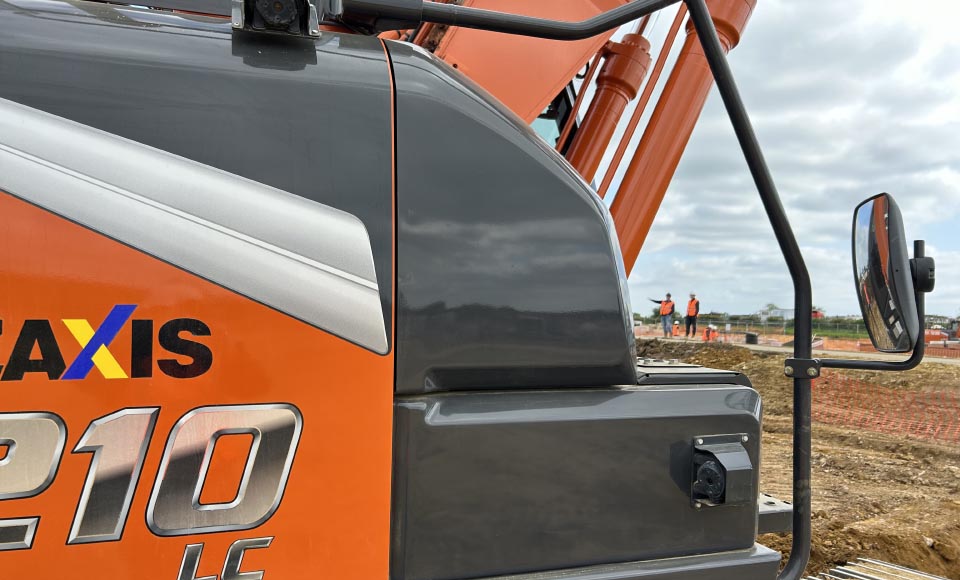
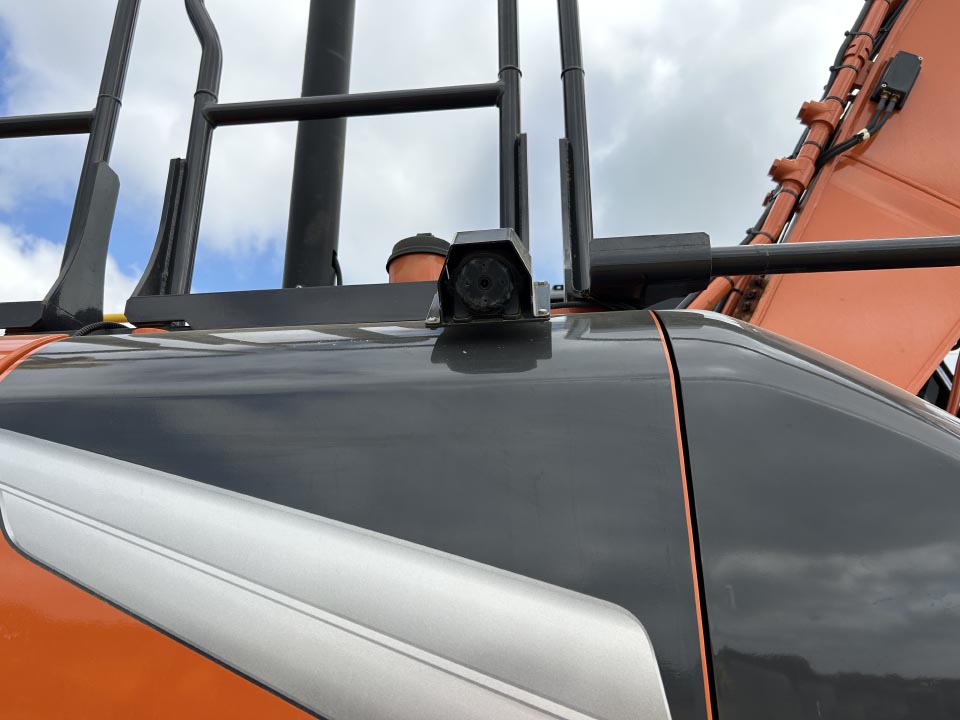
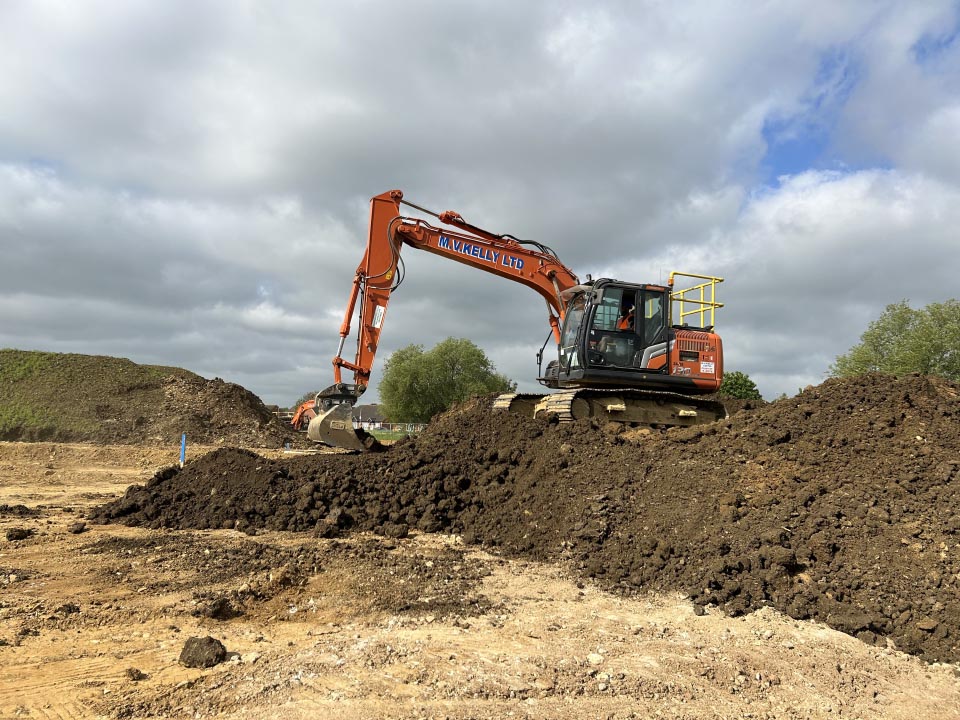
fatal injuries per year
There were 30 fatal injuries to workers and 5 to members of the public on UK construction sites in 2021/22.
non-fatal injuries
In 2019/20, there were also 4,526 non-fatal injuries to employees on UK construction sites, as reported by employers under RIDDOR regulations.
cost to the economy
Injuries and ill-health in the UK construction industry are now costing upwards of £16.2bn per year.
The Problem
Following a significant accident and several near misses involving people working near mobile plant, it was clear that we needed to do more. Our ethos with Anglian Water is to always do the right thing. We have achieved this by looking for solutions that are innovative, keeping people safe and building wider relationships with alliance partners, stakeholders and supply chain members.
With so many organisations involved and resource implications (both time and financial), this has been a challenging project to implement. But we have been tenacious, thinking of the end goal and safety benefits to see the project through. Keeping construction people safe is always at the forefront of our minds.
The Solution
A collaborative Pan Alliance PPI Safety Strategy Group was established to develop a strategy (E1) with a roadmap (E2) to oversee a review of our equipment standards, processes, current controls and training, and to identify improvements. Our desired outcome was to eliminate or reduce to ALARP the risk of people-plant incidents and implement a full range of layers of protection based on the hierarchy of controls.
Benefits being:
- Safer sites with reduced people-plant incidents/near misses
- Consistent plant standards which are industry leading
- Control and visibility via a managed service desk with data consistency, rates, utilisation and telematics
The review aspect of the strategy has included input from front line operational teams and safety leads, stakeholders and supply chain members. A number of solutions have been progressed, which include:
- Improved design practices to eliminate people-operated plant
- Updated construction techniques and activities to remove the need to or minimise the time working in the danger zone (red zone)
- Reviews of activities and associated RAMs
- Refresher briefings on people-plant interface risks, safe working procedures and existing control measures
- Managed Service Desk (MSD) to deliver the plant standards for hired plant
- Engagement with key partners and suppliers identified technological solutions, raising and aligning our plant standards to make them industry leading. This includes Human Form Recognition (HFR) artificial intelligence cameras and 'Digital Thumbs Up', which are elements of the layers of control.
The Human Form Recognition (AI) is a multi-camera, modular-type system installed on mobile plant. It can differentiate between people and other obstacles and will only alert the operator of a ‘human intrusion’ into the detection zone, thereby reducing distractions for the operator. Alerts can be set up to warn pedestrians. Camera systems are uniquely configured, so the detection zones can be achieved with zero blind spot areas.
As an extension of the traditional 'thumbs up', the 'Digital Thumbs Up' system is a visual and audible indicator sited on the outside of a machine, activated by the operator once the machine has been isolated and indicating to the pedestrian that it's safe to approach.
The benefit of using 'Digital Thumbs Up' is that it will automatically isolate the machine when the operator presses the green button located in the cab of the machine. Familiarisation videos on these systems have been created and rolled out at sites and operative briefings.
The HFR camera system provides a wealth of data from which we can learn and improve. Footage from all cameras, including HFR and non-HFR, will be made accessible for use to highlight hotspot areas on site, pinch points and good practice, or used as part of incident investigations and learning events.
As an example, the heatmaps shown below identify pinch points. We have needed to be considerate of how the data is used and ensure GDPR compliance.
This project has relied on the supply chain being prepared to invest heavily and come on the journey with us.
It has required anyone hiring plant go through the Anglian Water managed service desk (E3). Anyone owning plant is given a timeline to upgrade to the new standards. Financial benefits have also been achieved, as we have improved buying power to negotiate better rates.
Anglian Water is industry leading with this technology and we are engaging with the wider community to positively influence the industry. This includes the water industry, utilities and wider construction industries.
Going forward, we are establishing a PPI risk forum to horizon-spot the emerging technologies and will continue to collaborate to share learn lessons, embrace innovation and foster continuous improvement.
